By G. Paul Garson
The evolution of the Nazi-era military wardrobe followed from a long history of European uniforms in general and Imperial German uniforms in particular. It is acknowledged that the varied apparel worn by the German armed forces is, and has been, the most popular focal point of interest in the entire field of uniform history.
In that highly militarized society, some 20,000,000 Germans, both men and women (and even children), donned a uniform of one kind or another during the 12-year reign of the Third Reich. The dramatic designs of Nazi-era uniforms were created in a wide assortment of styles and colors and, in great part, helped to project and promote the image of Nazi Germany as a powerful nation––a nation to be feared and respected.
The pantheon of medals, badges, pins, ribbons, and other emblems literally “advertised” the prowess and achievements of their wearers. Uniforms apparently often had a direct effect on the individual wearing the uniform. In many cases, they seem to transform ordinary men and women into personifications of the State and the ideology it represented.
“Well, it was so theatrical. You know, I guess pure evil … whoever designed the Nazi’s uniforms was a theatrical genius. And the German cause was pure evil, that’s all there was to it. I don’t think there’s been another war like that.”
—Kurt Vonnegut
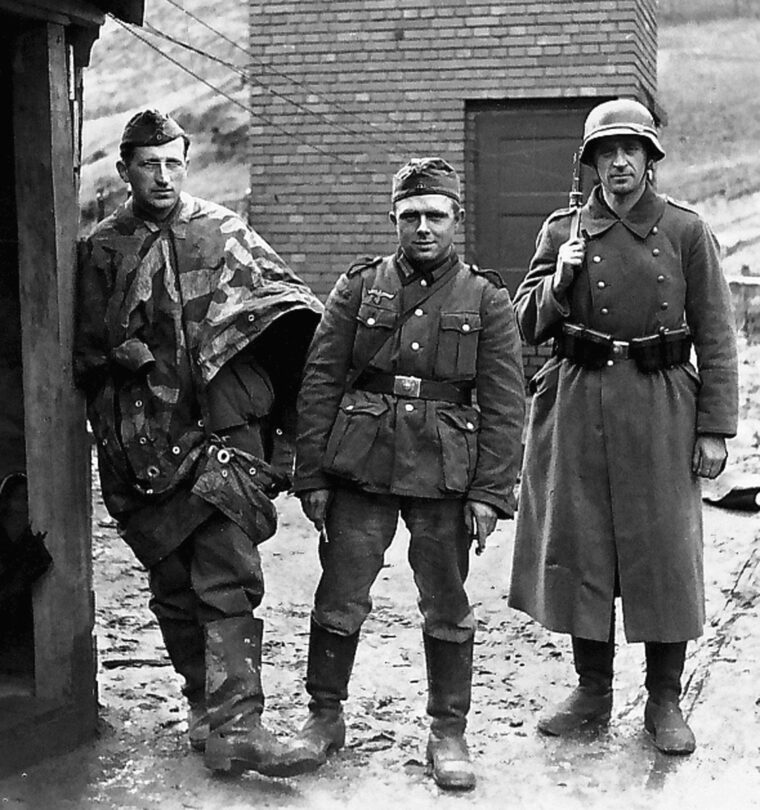
Models—Standard Army Issue
As if posing for a catalogue photo, three soldiers in a casual photo happen to display three variations of Army uniforms and equipment. The soldier on the left wears the “all-purpose” Zeltbahn (1934 camouflage pattern in green, brown, and beige). The triangular-shaped item could be worn as a poncho, for concealment or several could be lashed together to create a makeshift shelter.
The enlisted man or Landser in the center wears the standar-issue infantry uniform used in the Polish and French campaigns with relatively little change from the WWI German uniform (including the Model 1911 triple rifle cartridge pouches). The gray-green M35 tunic is matched to basic field-gray trousers. It features the national emblem of eagle and swastika on the right, standard for all ranks.
The third trooper wears the field-gray long winter coat or Ubermantel and what appears to be an M35 steel
helmet while his companions wear soft field caps. All three are shod in the standard marching boots (Marschstiefel) produced up to 1940, when shorter lace-up boots were introduced to save costs and leather. The so-called “jackboots,” nicknamed Knobelbecher or “dice-shakers,” featured the well-known hobnail-impregnated soles. The soldiers also wear the standard enlisted man’s silver metal belt buckle with the inscription “Gott Mit Uns” —“God with us.”
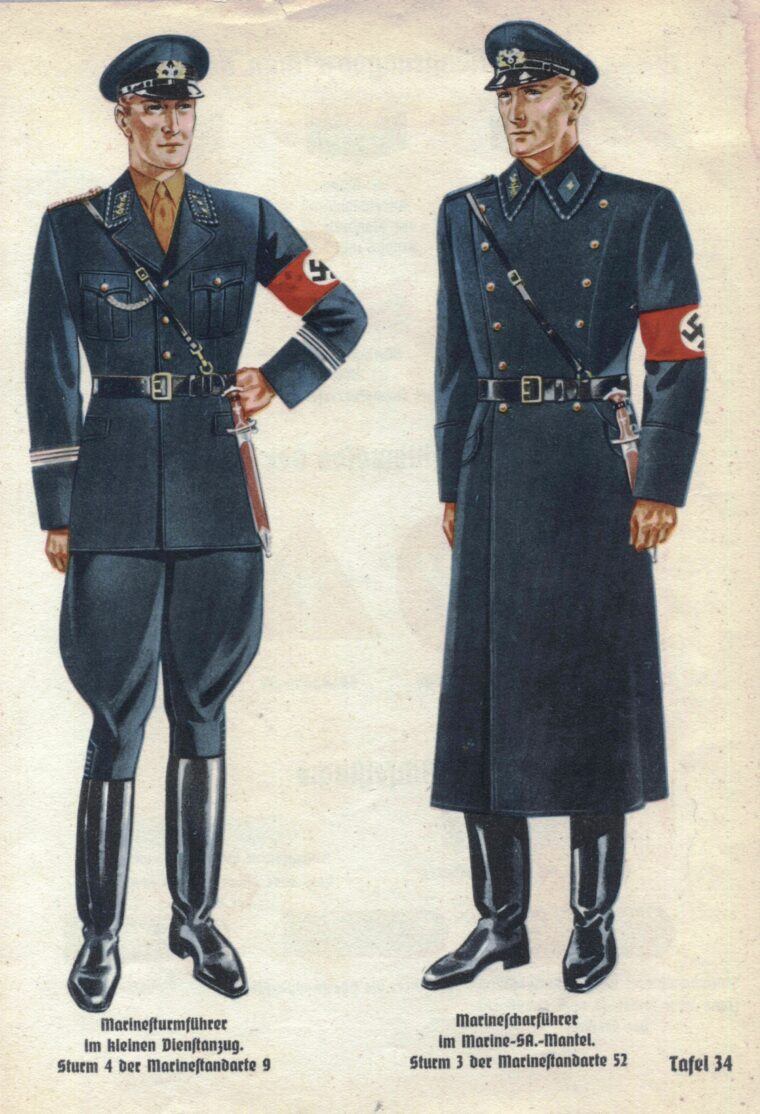
Uniform Catalogue
A page from a uniform catalogue presents illustrations of uniforms for a lieutenant and a section leader/sergeant in the SA Marine unit. The catalogue was printed prewar and prior to the dissolution of the SA (Sturmabteilung) in 1934 after its purge by Hitler and the SS.

Father of Wehrmacht Family
A proud father poses with his three sons, each a member of a different branch of the Germany military—Heer (Army), Kriegsmarine (Navy), and Luftwaffe (air force). Prior to its renaming as the Wehrmacht under the Third Reich, the military forces of Germany were known as the Reichswehr.
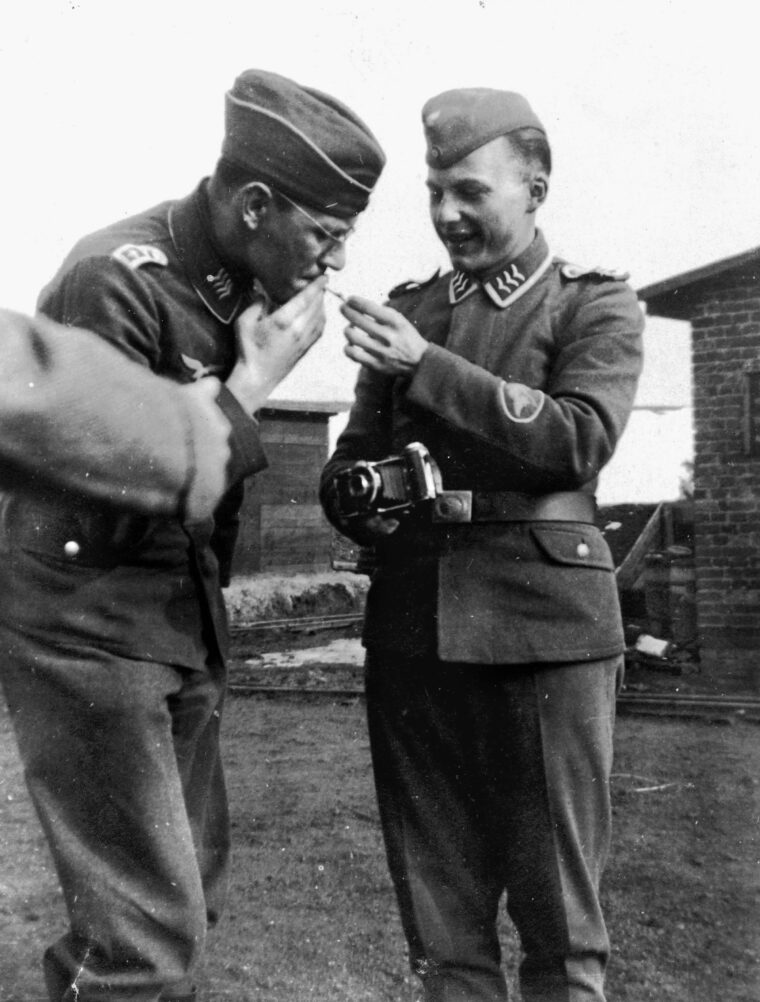
Luftwaffe Cameraman
A color photo would reveal that these uniforms were of a light blue color while the patch on the cameraman indicates he is a member of a geographical mapping unit. The three “wings” on both men’s collar tabs indicate a rank of Obergefreiter (corporal) while their smoking comrade is an NCO Stabsfeldwebel (staff sergeant).
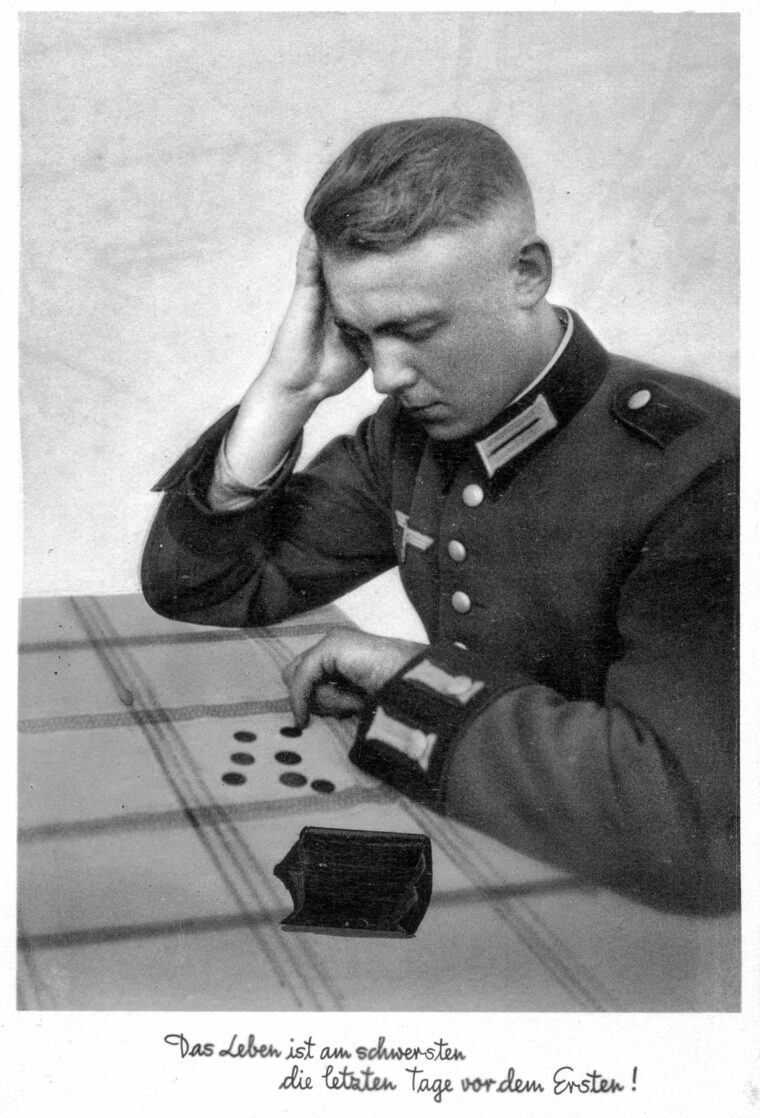
“Life is hardest on the last day before the first!”
A young Army soldier counts his few pfennigs at the end of the month and prior to pay day. He wears his Waffenrock field-green formal “walking out,” or parade, dress uniform with its elaborate cuffs. Before being abolished at the outbreak of WWII, these tunics were modeled after the old Imperial Army uniform and often hand-tailored for their owner. The various color tabs, braid, insignia, and other decorative trim also served to identify rank and branch of service.

Army Panzerman—Basic Black and Death’s Head
Panzer or tank would be a key word in the Third Reich’s strategy of Blitzkrieg—the lightning war that coordinated aircraft and motorized armor to devastating effect. The creation of the new tank arm of the Wehrmacht called for a special black uniform design (Sonderbekleidung), one influenced by the original Imperial German Death’s Head Hussar uniform, and issued to all ranks in all armored fighting vehicles. The Totenkopf or death’s head insignia was also originally worn by the Bodyguard-Hussars, later by the SS initially for concentration camp personnel, then adopted by the Waffen-SS combat troops as well as the panzer divisions.
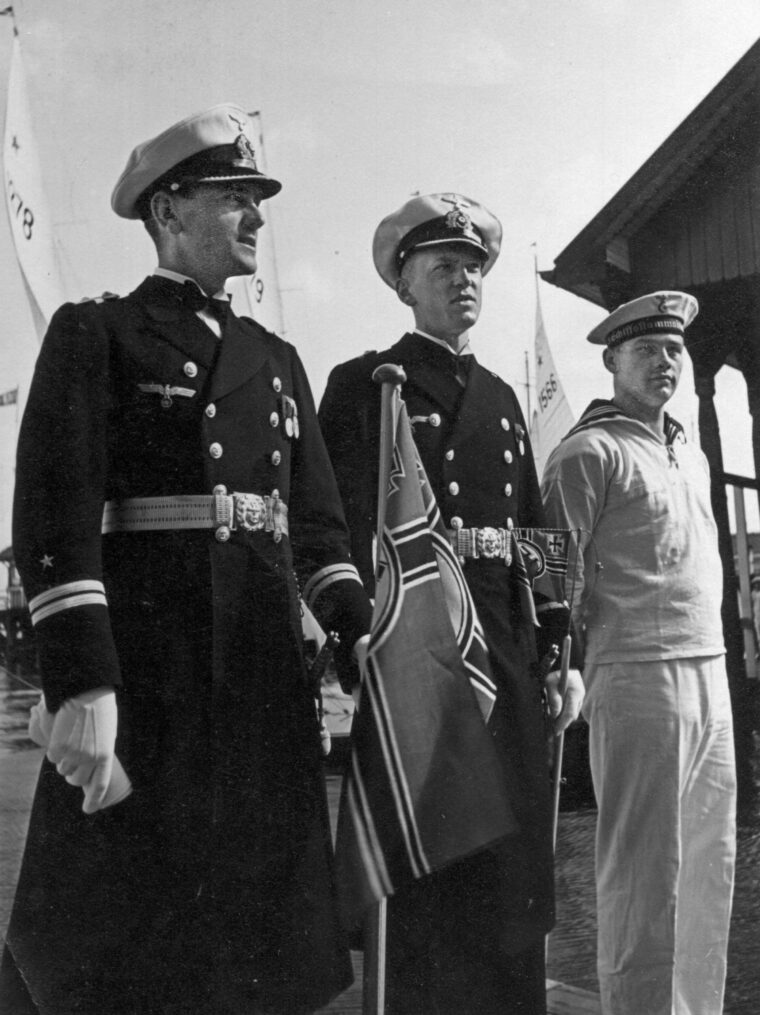
Kriegsmarine Ceremony at Kiel
The elegant dress uniforms of the German Navy seem a throwback to the previous century. Officers, one seen here holding the Kriegsmarine battle flag, often had their uniforms tailored for extra smartness while the designers of the Third Reich “costumes of conquest” were some of the most talented in Germany. Kiel, the site of this photo, is located some 60 miles north of Hamburg, strategically situated in northern Germany on the Jutland peninsula and the southwestern shore of the Baltic Sea. During Nazi Germany’s 1930s military expansion, the Kiel shipyards prospered with the construction of Kriegsmarine vessels from battleships to submarines. Suffering some 35 bombing raids during the war, 80 percent of the city was destroyed.
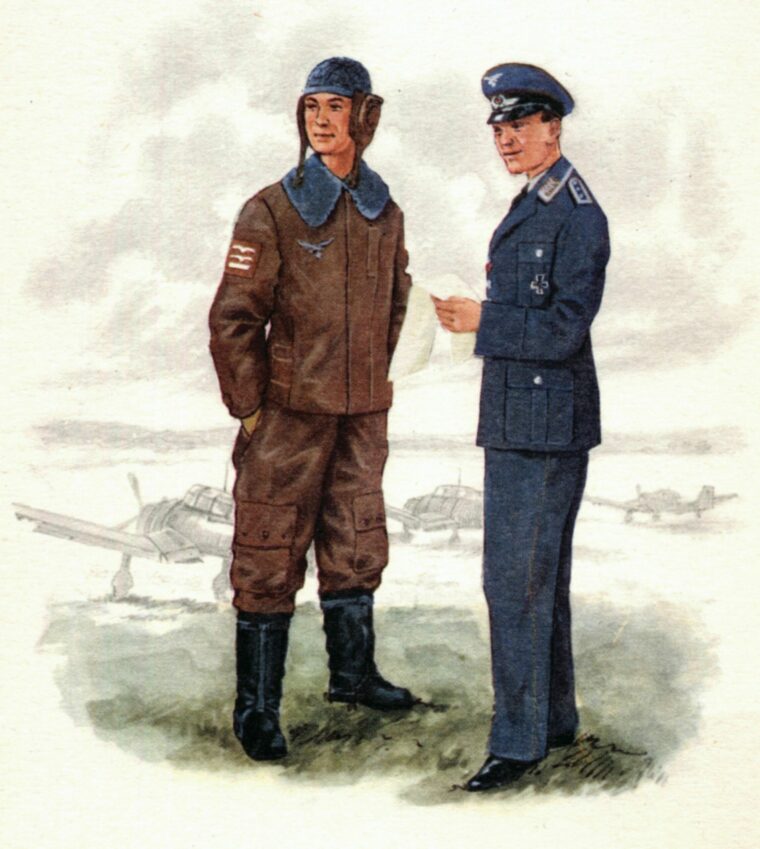
Luftwaffe in Color
Another uniform catalogue illustration shows a pilot lieutenant in a protective flying suit and a staff sergeant of the Signal Corps wearing his dress uniform. In the background the artist has included renderings of three Stuka aircraft. The pilot’s sleeve indicates he has been credited with downing two enemy aircraft and sunk one naval vessel. The sergeant wears the Iron Cross, both second and first class indicated.
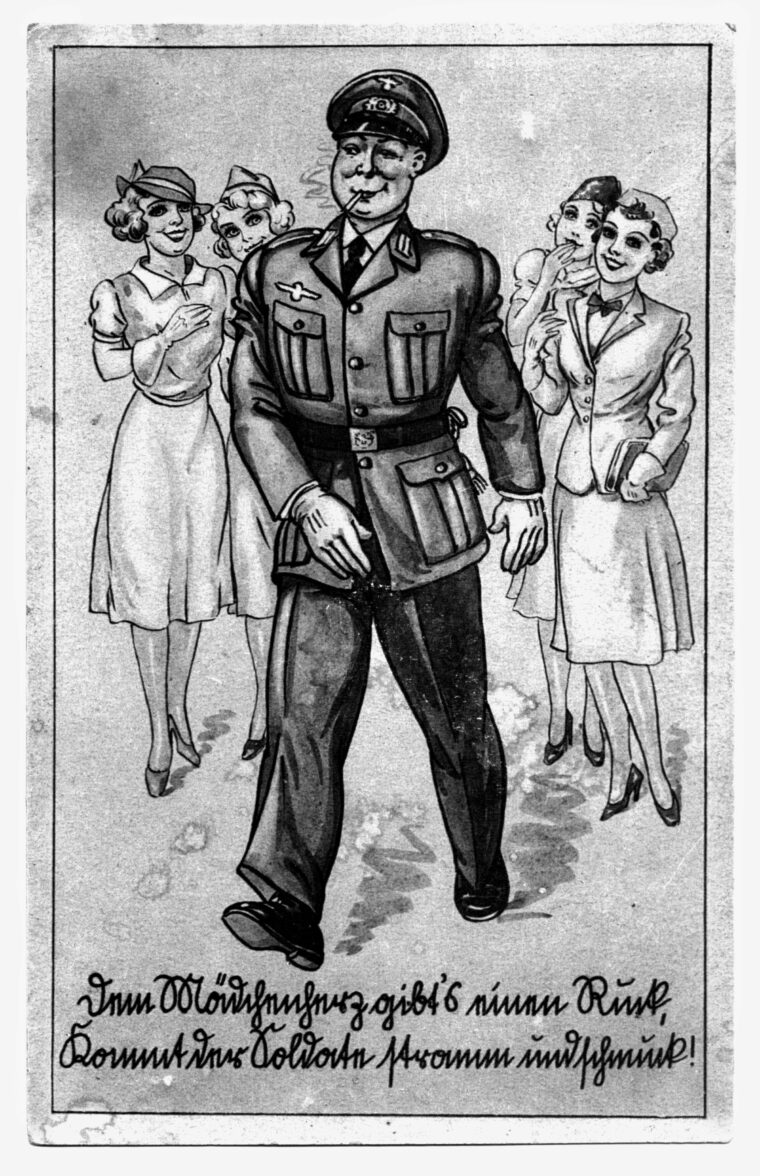
Monochromatic Confusion
This postcard speaks to the “girl magnet” effects of a man in uniform. German uniforms are most often seen in black and white images but were actually produced in a wide spectrum of colors with an equally large range of collar tabs, patches, emblems, badges, medals, pins, and other detailing. Depending on the branch of the military, the identifying color system (Waffenfarber) of shoulder straps alone included carmine, bright red, white, gold yellow, lemon yellow, copper brown, light green, grass green, cornflower blue, light blue, black, gray-blue, light gray and rose pink, silver, and gold.
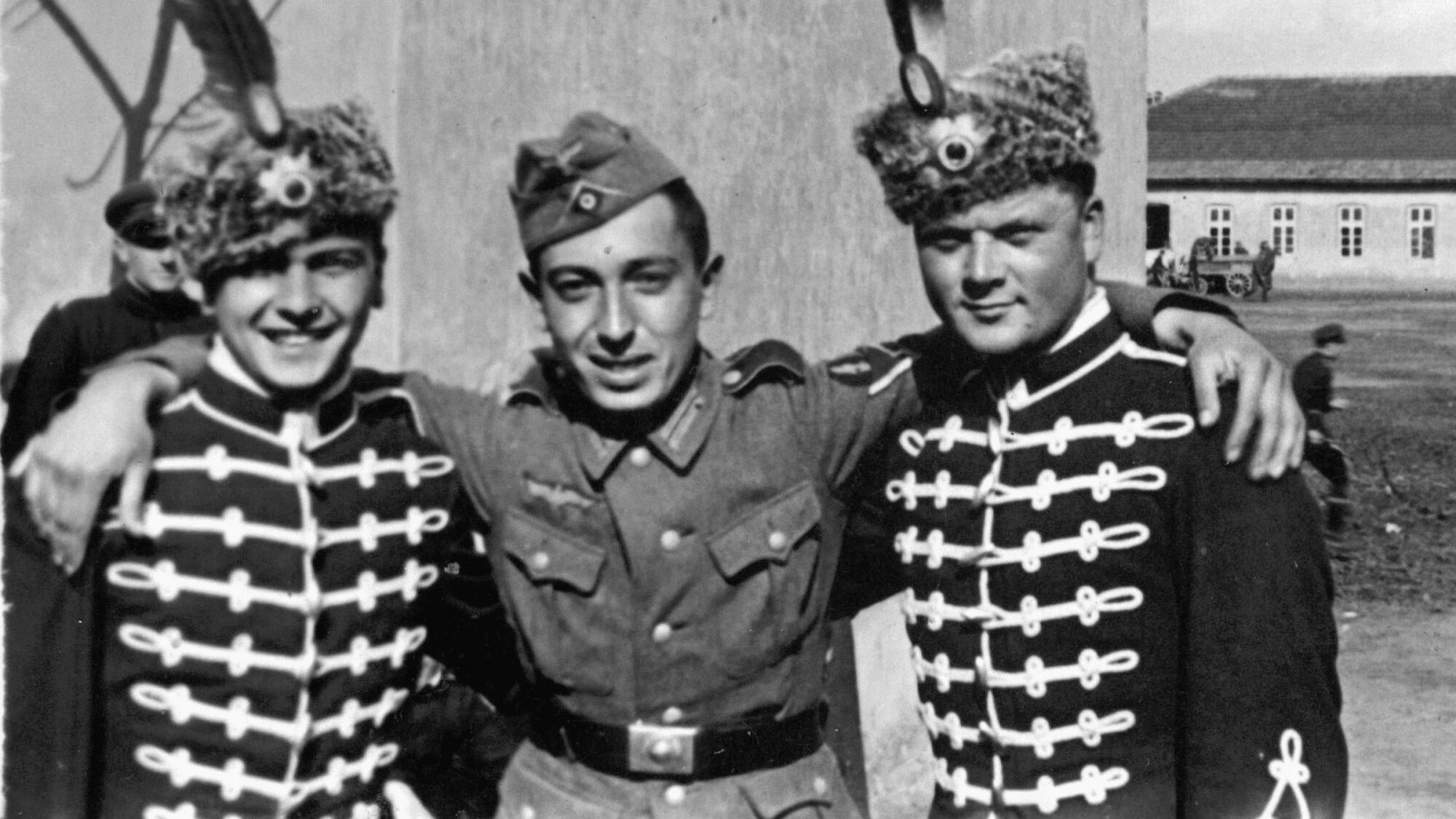
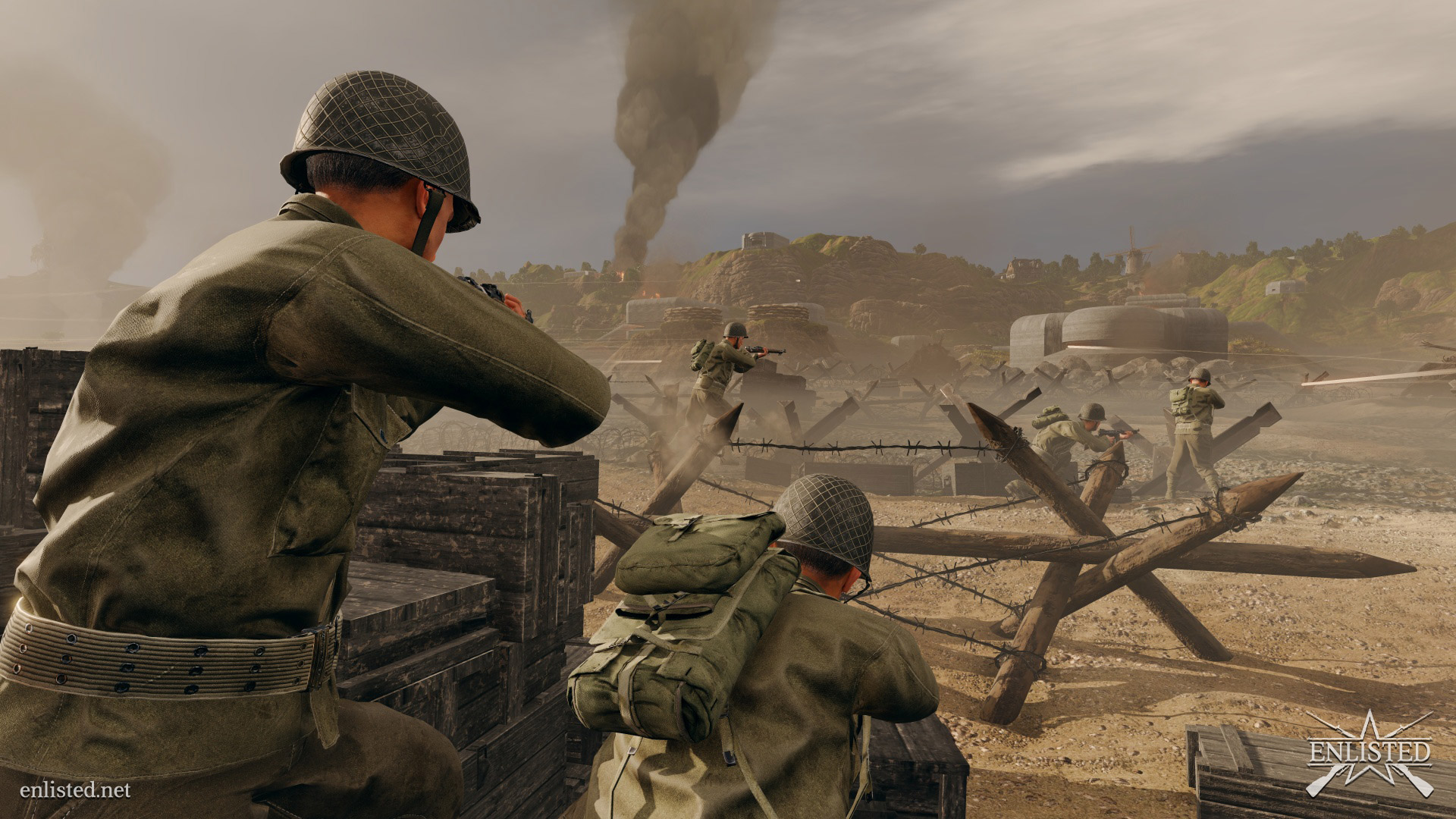
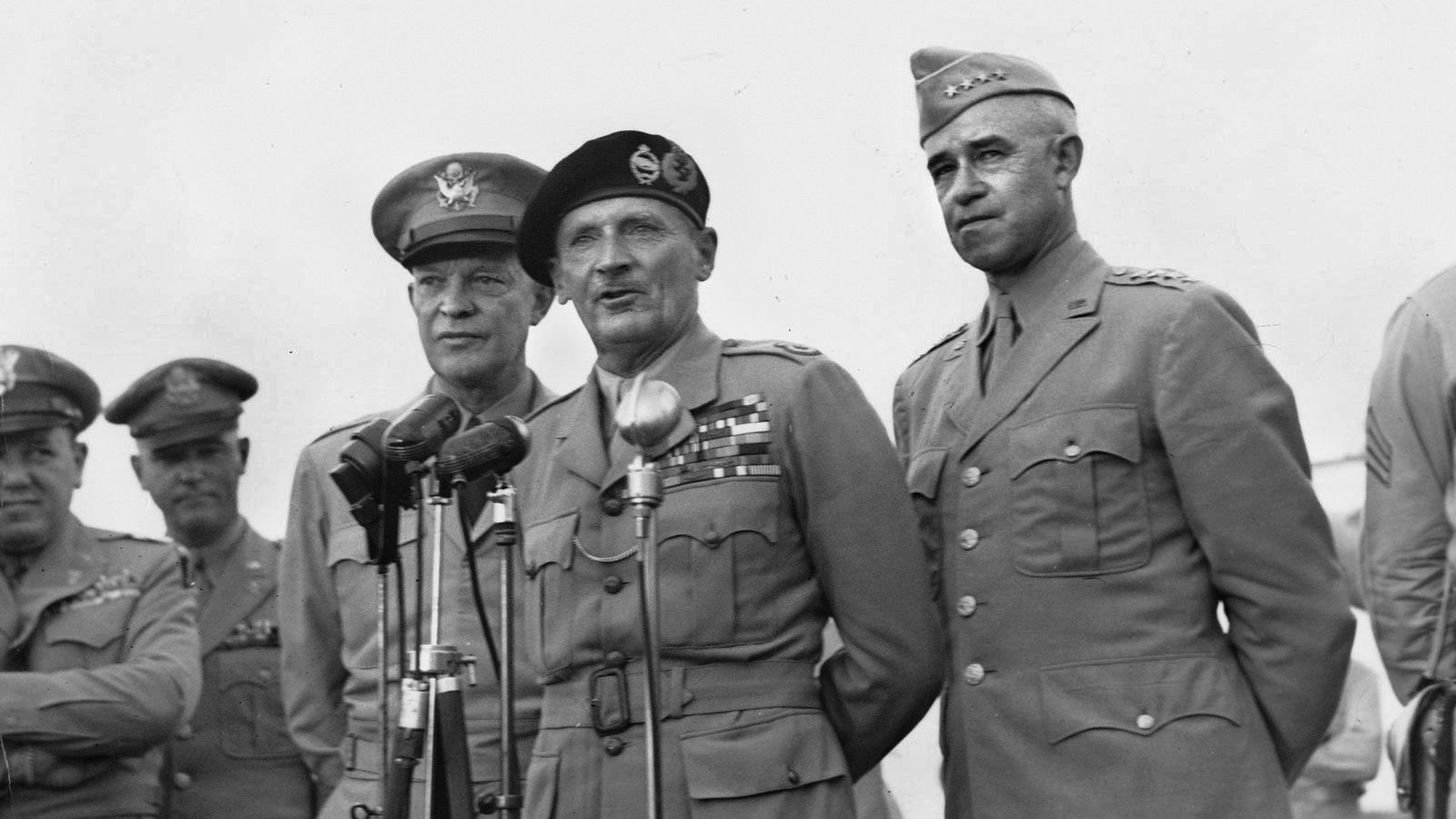
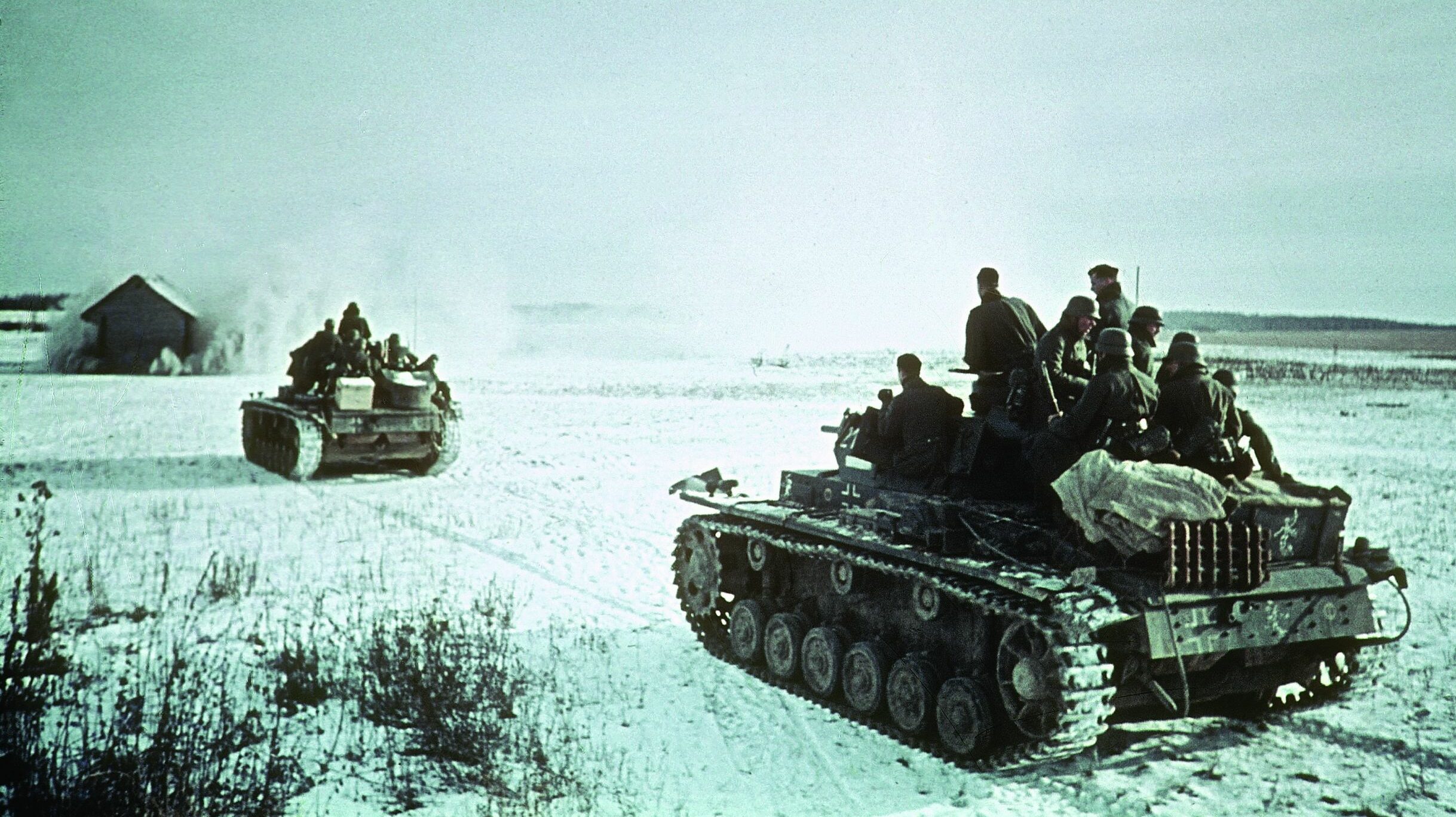
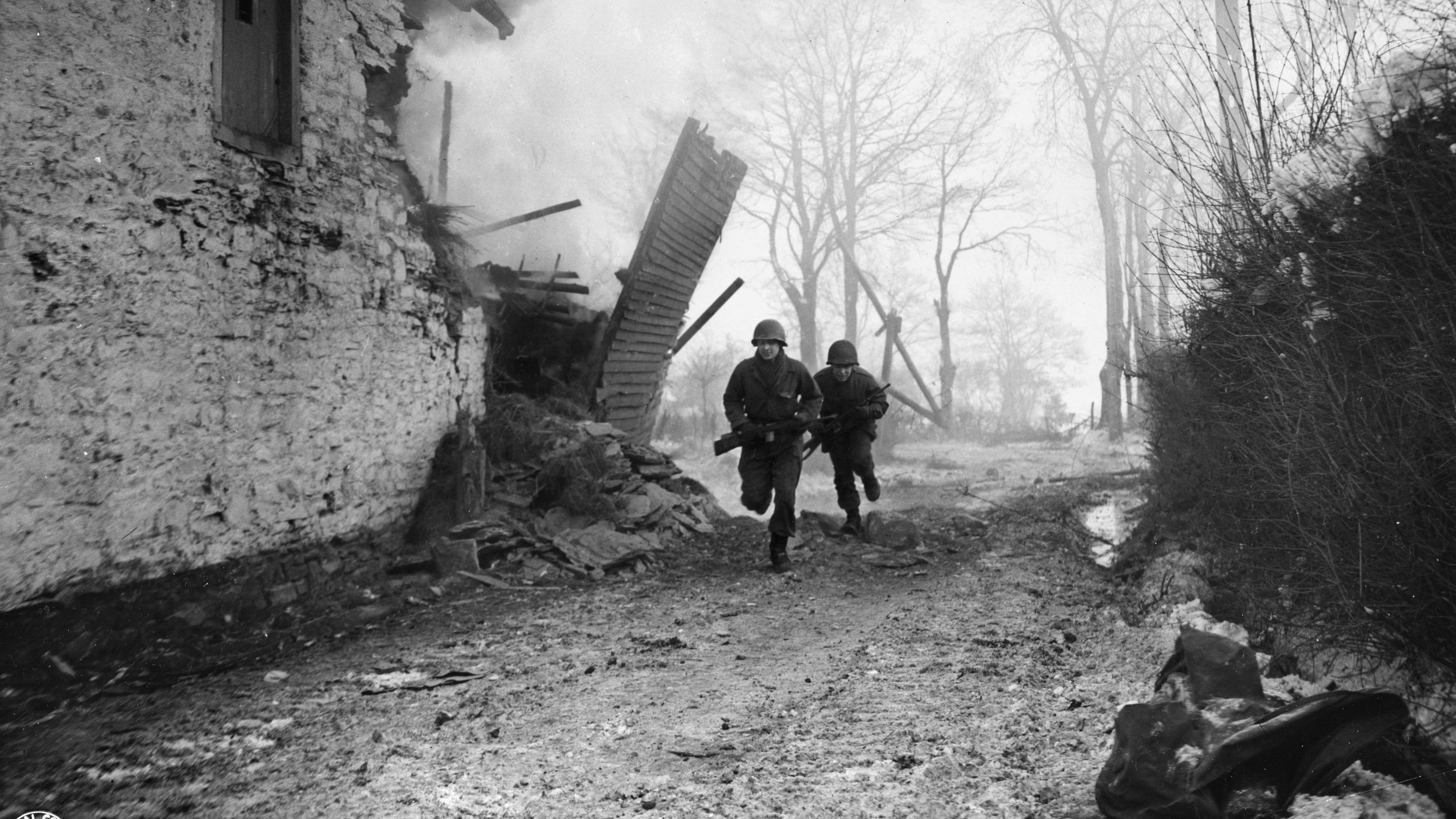
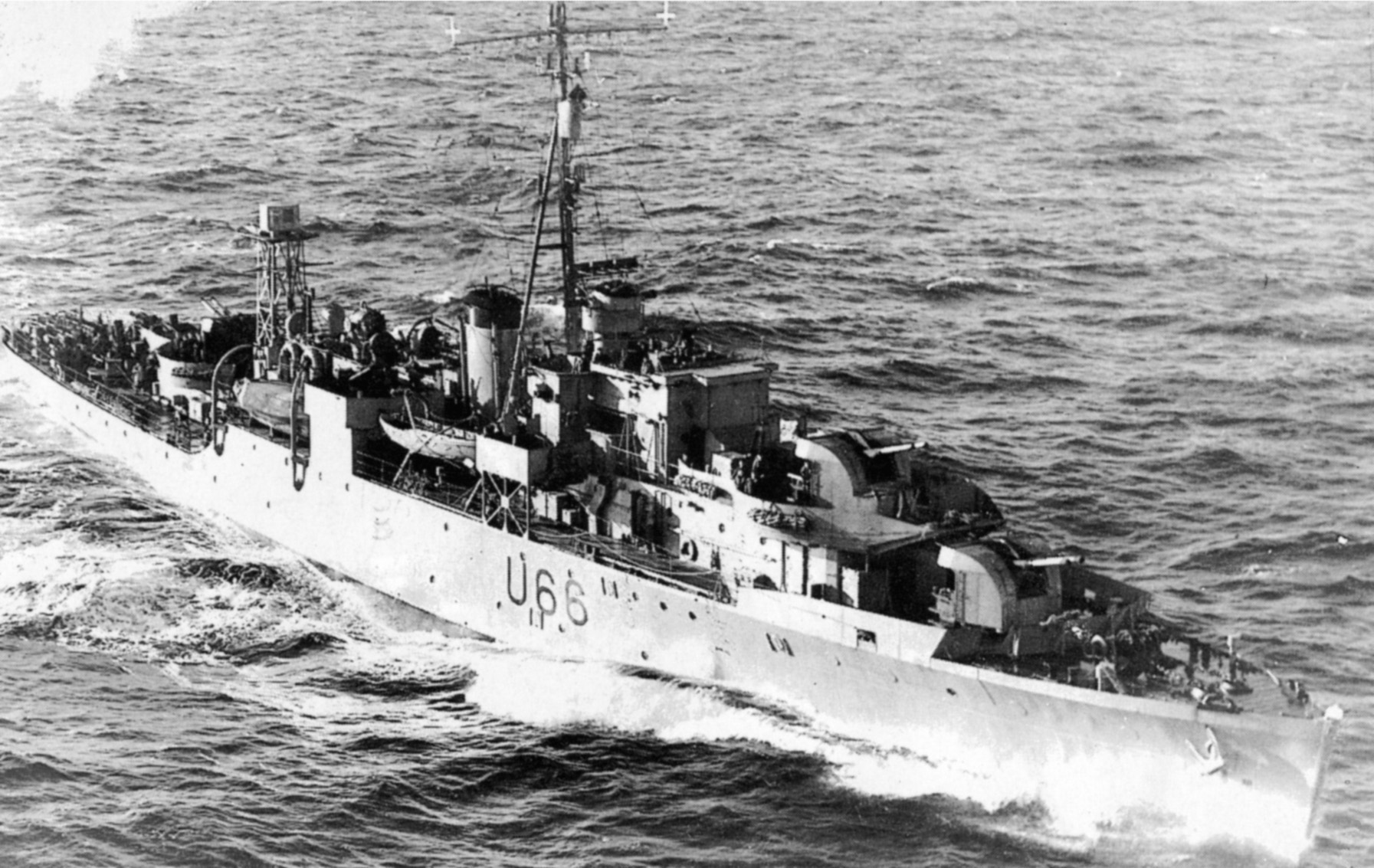
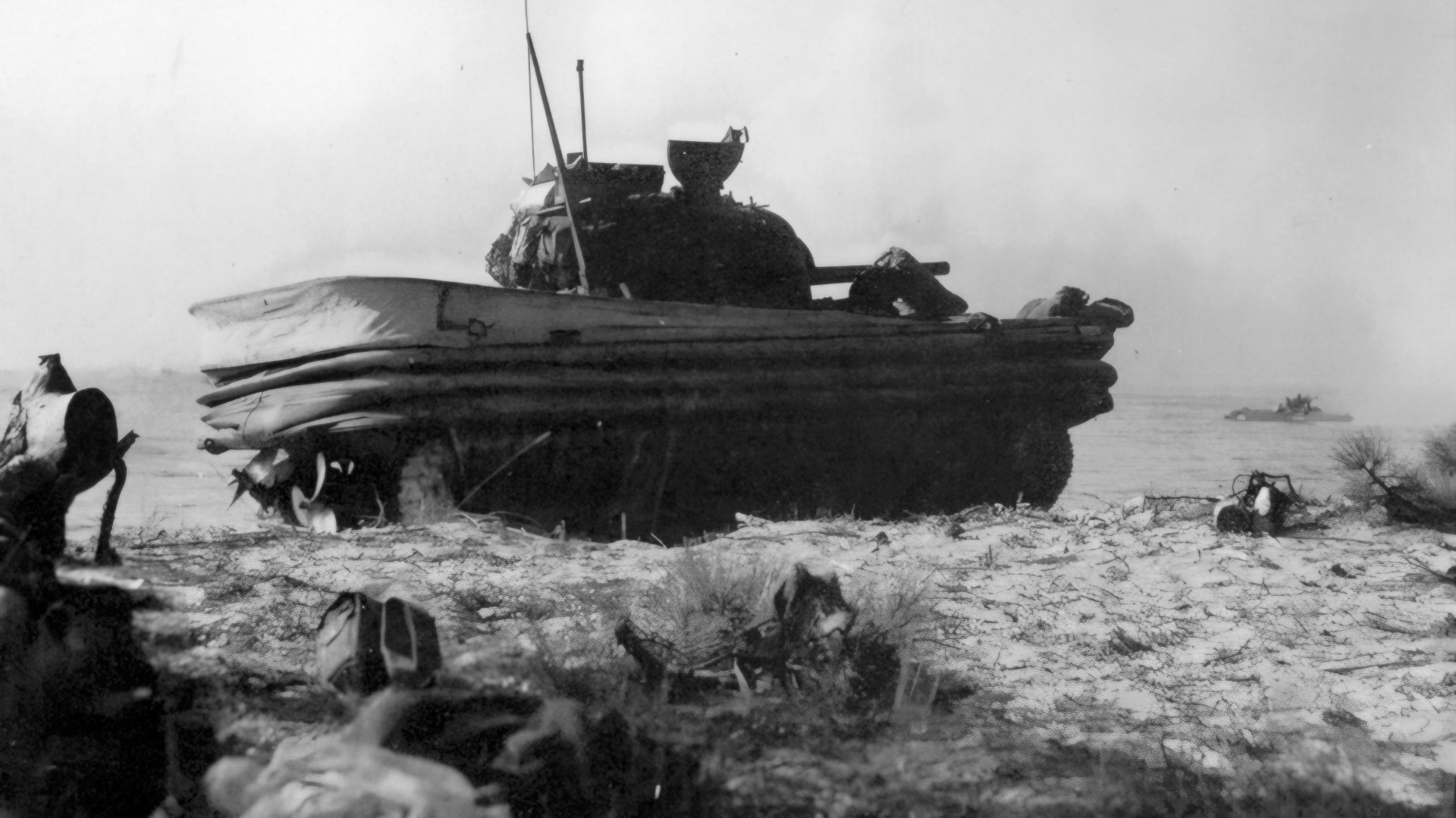
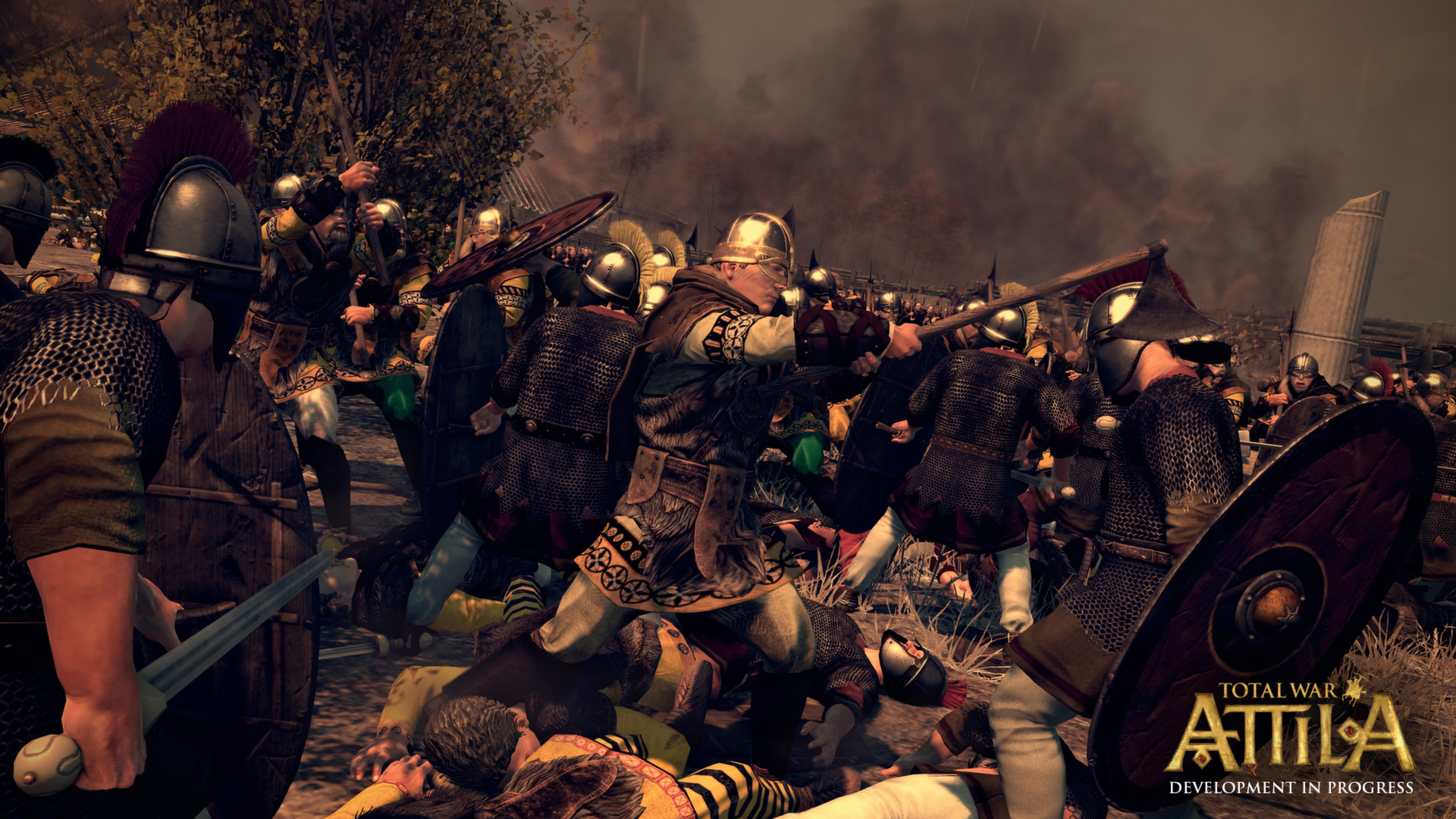
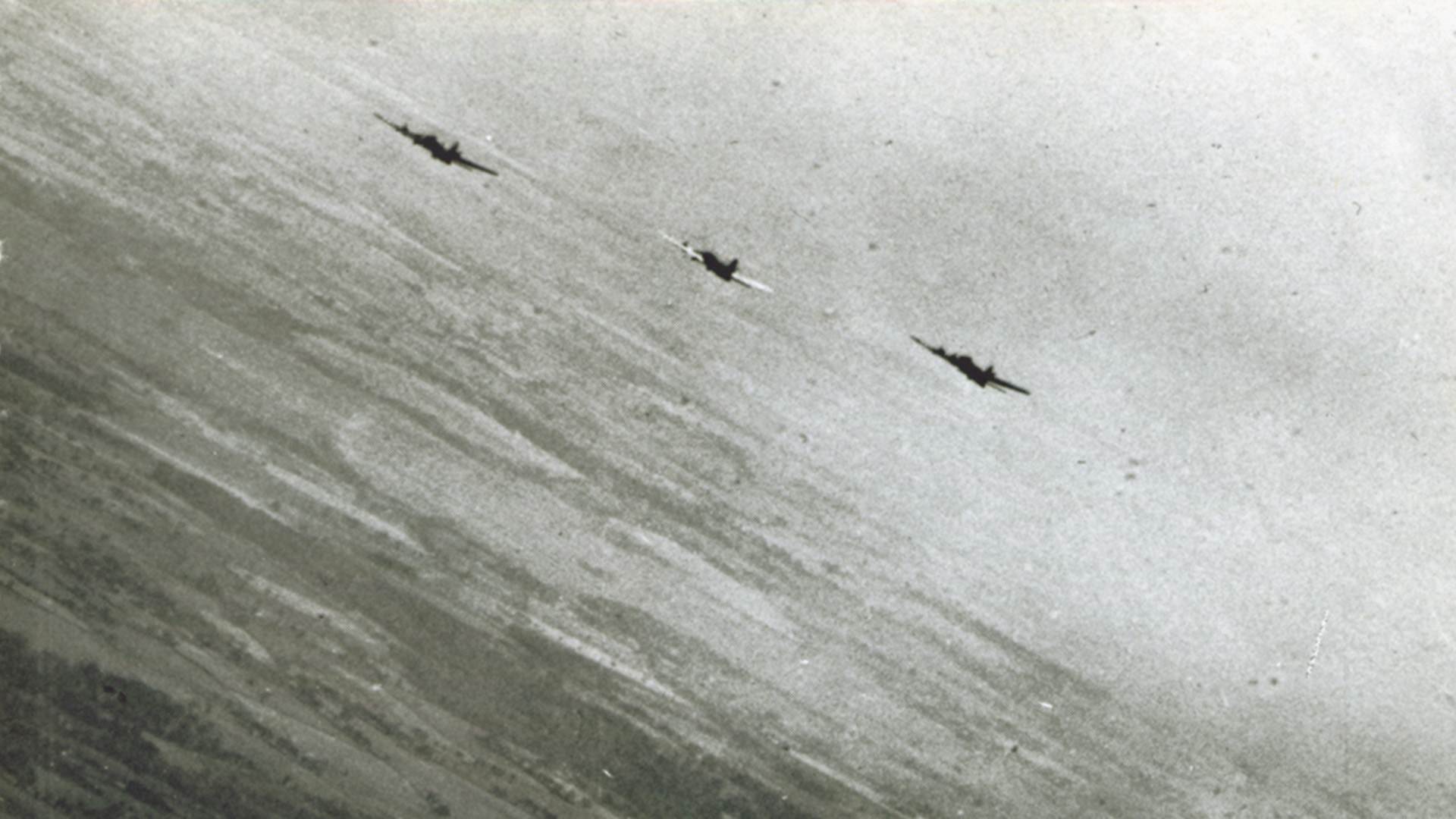
great